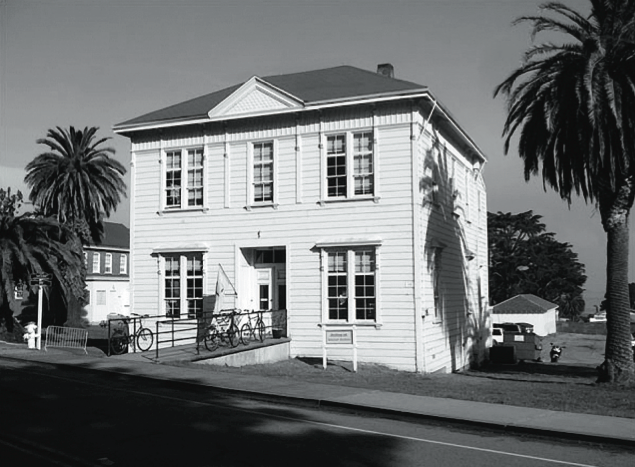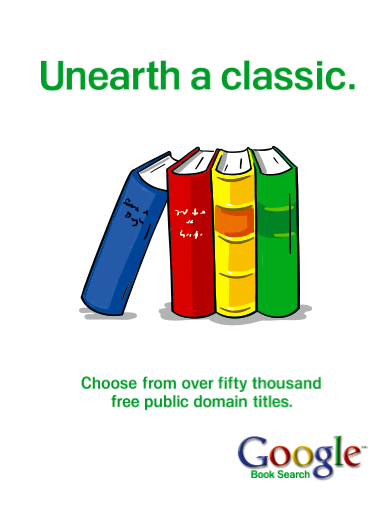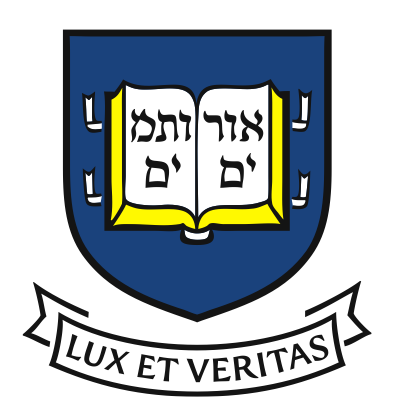From Zero to One (with David Reinfurt)


Above, top: Internet Archive Headquarters, San Francisco. Above, bottom: Internet Archive Mirror Services, Bibliotheca Alexandria.
0 — To begin let me ask straight out: are there any off-limit areas?
1 — I certainly can’t think of any, apart from the music, of course.
0 — I’ve recently been thinking about libraries, and I know this is a conversation we’ve shared off and on for a while. Perhaps I’ll pick it back up, now.
The first libraries were based on an Archive model, a safe place for important records. They housed mostly commercial transactions and inventories recorded on clay tablets. As the library developed, it retained this archival function, but on July 1, 1731, Benjamin Franklin and the Leather Apron Club of Philadelphia established the first public Circulating Library. Books were quite expensive at the time and by pooling resources, many volumes could be shared among contributing members. One was free to borrow any book for a length of time, return it, and borrow another. This new Library was built to expand and evolve, a shifting arrangement of ideas and objects constantly circulating in a concentrated community of committed readers.
In recent years yet another library model has materialized, specifically online, which might be called the Distributing Library. The Internet Archive or Project Gutenberg are perhaps examples, where a large collection of documents are collected together electronically and made available free for download. Instead of 50,000 books, one copy each, sealed in an Archive; or 15,000 books, a few copies each, all constantly circulating; the Distributing Library offers any number of “books,” with unlimited copies, all available free to be downloaded, digested, dispersed. Now, if the Archive Model essentially treats books as Capital, investing them back into the institution in order to reinforce and expand the reach of the library and the Circulating Library constitutes a gift economy by freely sharing the books in its collection through a network of benign strangers, then, what economic model corresponds to the Distributing Library?
1 — Libraries started out as a single building whose assets were the property of the sovereign or state. Through the work of Franklin and others, libraries evolved into a set of branches whose assets were the property of a membership, township, or community. The Archive is one place. The branch system is many places. When you examine this progression, the makeup (or perhaps the markup) of the Distributing Library becomes clearer. It has a slippery relationship to place because it is housed on an infinite number of servers and accessed through an infinite number of web browsers. It also has a slippery relationship to its own assets. The library’s assets are not there to be merely stored or loaned. The Distributing Library’s assets are there, really, to be copied.
In the days of the Archive, there were few copies and few originals. Taxes may have helped to fund the library, but fundamentally it was controlled by the state and therefore all information was controlled by the state as well. The structure was so centralized that it was a gift economy’s virtual opposite. Writing in The Gift, Lewis Hyde gives the case of Enrico Malatesta, head of an anarchist gang who hid out in the woods near Naples trying to unravel the state one archive at a time. Here’s Hyde quoting historian James Joll: “At the village of Lentino the column arrived on a Sunday morning, declared King Victor Emanuel deposed and carried out the anarchist ritual of burning the archives which contained the record of property holdings, debts, and taxes.” The uprising happened in 1877, nearly 150 years after Franklin’s revolutionary new Circulating Library model was functioning in America. It is as if Malatesta had realized that the state was relying on an outmoded library technology, the Archive, to exert control. At the same time, the increasing circulation of books from Gutenberg onward had created a more literate citizenry and therefore a more informed (and demanding) public. Information wanted to be free, open, and available to everyone, as Franklin’s library was.
The Leather Apron Club was also known as the Junto, a word Franklin adapted from the Spanish verb “to join.” Sharing books empowered these mostly middle-class, highly-literate merchants. Sharing also eroded some of the hierarchy the Archive created between civilians and the state. Finally, sharing books established what Hyde calls a “feeling bond” among members of Franklin’s circle, a sense of union. E pluribus unum. The Junto’s roots were not in book collecting but in discussion. It was a social club before it was a library. This is telling. In the days of the Archive, items existed to be looked up one-by-one on your own. With the advent of the Circulating Library, items existed to be discussed by a group. Now with the Distributing Library, a further change is taking place. Let’s tune our radios back to December 2008 and listen to Lawrence Lessig speaking to Terry Gross on NPR:
Copyright law was architected for a world where copies were the exception. […] In the digital age, every single thing we do with creative work on a digital network produces a copy, so that the act of reading on a digital network produces a copy. The act of sharing my book with my mother produces a copy. Any of these activities which in real space don’t produce a copy, in cyberspace produce a copy.
The Circulating Library model was not a digital model, it was a real-world model. In the real world, you have to surrender ownership to increase access. In the digital world, you don’t. In the real world, information content (a text) is wedded to a physical form (a book). In the digital world, information content (a text) exists as one layer separable from digital form (a PDF, email, blog post, text-to-speech reading, etc.). Thus while Franklin’s club had shifted the emphasis on how books were used from owned objects of study to shared objects for conversation, the Distributing Library continues and deepens that idea of culture as conversation. Even if you wanted to burn the library down now, you couldn’t: its users have made a thousand copies of it, ready to take the place of the original. Few of those users feel that what they’ve done is wrong: they want to do whatever they want with the content they’ve accessed. Therefore, it’s time for the state to play catch up, and that’s why there’s so much upheaval in copyright law, in newspaper publishing, in the distribution of music, and so much more. We are experiencing a massive shift from the Library of Alexandria to Google Books. They may be comparable, but they’re not the same.
Does that answer your question?

Above: Google Books advertisement
0 — Yes, in part. But, frankly I’m surprised at your naïve distinction between the “real” and the “digital” worlds. Does the computer and its contents no longer belong to the same world that we live in? Digital information may appear disembodied, but it is always nothing more than a collection of simple electric charges, on or off, 1 or 0. And, if you don’t believe me, try grabbing your plugged-in Macbook by the motherboard, and you’re in for a jolt of reality.
1 — Maybe the distinction isn’t between “real” or “virtual,” maybe it’s simply between “analog” and “digital.” Circulating and Distributing Libraries provide two different platforms with some different possibilities. But when you’re trying to optimize how the information is used, it’s possible to be platform independent. Information wants to be free, accessible to whomever, wherever, however.
0 — “Information wants to be free?” Does it really? The second half of Stewart Brand’s aphorism is often conveniently omitted, so I’ll include it here for you:
Information Wants To Be Free. Information also wants to be expensive. Information wants to be free because it has become so cheap to distribute, copy, and recombine—too cheap to meter. It wants to be expensive because it can be immeasurably valuable to the recipient. That tension will not go away. It leads to endless wrenching debate about price, copyright, “intellectual property,” the moral rightness of casual distribution, because each round of new devices makes the tension worse, not better.
1 — But Brand’s aphorism makes a cost distinction. I’m making a use distinction. They’re quite different. Maybe we should rewrite him: “Information wants to be freed.”
0 — Nice one. But still, the tired rhetoric of “free information” has its roots in the mid-20th century discourse of Norbert Weiner’s Cybernetics and Claude Shannon’s Information Theory which model a communications system that isolates information from its carrier. Technically, this may be correct—and yet, please find me some information that arrives without a vehicle…
Perhaps this is why our conversation here, now makes some sense in a book about books. Books are a particularly robust vehicle for delivering information, and I think you’ll agree that the form of the book is as important as the information it carries for the total message delivered.
And I’d go further. I’m really not happy at all with the idea that information wants to be free—I think it probably wants a house, a body, a vehicle. And, it wants that carrier to be as carefully considered as what it’s carrying. (The form plus the message equals the contents of the communication.) I suppose I agree that the information can be separated from its carrier and can be recombined in new objects for circulation and conversation as you describe. I only think, practically speaking, that information never exists free-floating, it is always made physical by way of its medium. There is no such thing as pure information.


Above, top: Yale University shield and motto. Above, bottom: Relief above main entrance, Boston Public Library.
1 — I can see your point. Maybe here’s where we begin to see a boundary between What Libraries Want and What Books Want.
Libraries want the information first and foremost and are more agnostic about the carrier of that information. They spread lux et veritas, light and truth. That is their public trust. Franklin’s library grew out of his Enlightenment ideals and the idea of the Enlightenment itself is embedded with this idea that “knowledge” is analogous to “light.” It is disembodied, diffuse, and not naturally controlled. Harvard University Library Director Robert Darnton draws a useful parallel between the two in an essay called “Google & the Future of Books” for the 12 February 2009 issue of The New York Review of Books. He writes:
[Most] of us would subscribe to the principles inscribed in prominent places in our public libraries. “Free To All,” it says above the main entrance to the Boston Public Library; and in the words of Thomas Jefferson, carved in gold letters on the wall of the Trustees’ Room of the New York Public Library: “look to the diffusion of light and education as the resource most to be relied on for ameliorating the condition promoting the virtue and advancing the happiness of man.” We are back with the Enlightenment.
But what I think you’re saying is that books want to remain as book-like as possible, all the while other information carriers—webpages, for example—try to take their place. We dislike calling Amazon’s Kindle a “book.” It’s really something that’s emulative of a book. You “turn” a digital “page” by pressing a button, which wipes the screen of pixels and replaces those pixels with new ones. Design is the set of decisions that add one metaphor on top of another to make the Kindle feel book-like. It’s an exercise in analogy. But books don’t want the Kindle. Books, as a medium, want more books. Information, however, just wants to be transmitted, through whatever host allows it to spread as widely as possible. It’s a bit Darwinist, I suppose. (Richard Dawkins would be so pleased.)
The whole debate reminds me a bit of a similar one that was raging in the 1960s over records versus live music. There’s a famous radio documentary and article by Glenn Gould about it—have you ever read it?—it’s called “The Prospects of Recording.” There’s a great moment where Gould relates the protests of live concert musicians to the protests of the typesetters’ union:
Automation: a crusade which musicians’ union leaders currently share with typesetters and which they affirm with the fine disdain of featherbedding firemen for the diesel locomotive. In the midst of a proliferation of recorded sound which virtually erases earlier listening patterns, the American Federation of Musicians promotes that challenging motto “LIVE MUSIC IS BEST.”
Gould dismisses these concerns as an anachronism, referring to the presidential election of more than 20 years ago. “A judgment with the validity of a ‘Win with Wilkie’ sticker on the windshield of a well-preserved ‘39 LaSalle.”

Above: Glenn Gould, recording Bach in recording studio, NYC, 1956.
This piece was commissioned by Laurenz Brunner (who also did the excellent image selection) for The Present Issue: The Most Beautiful Swiss Books 2008. Many thanks to Tan Wälchli for his careful edit of the text. Part two of this essay, “From One to Zero,” is here. See also: Gould Meets Gould. —RG